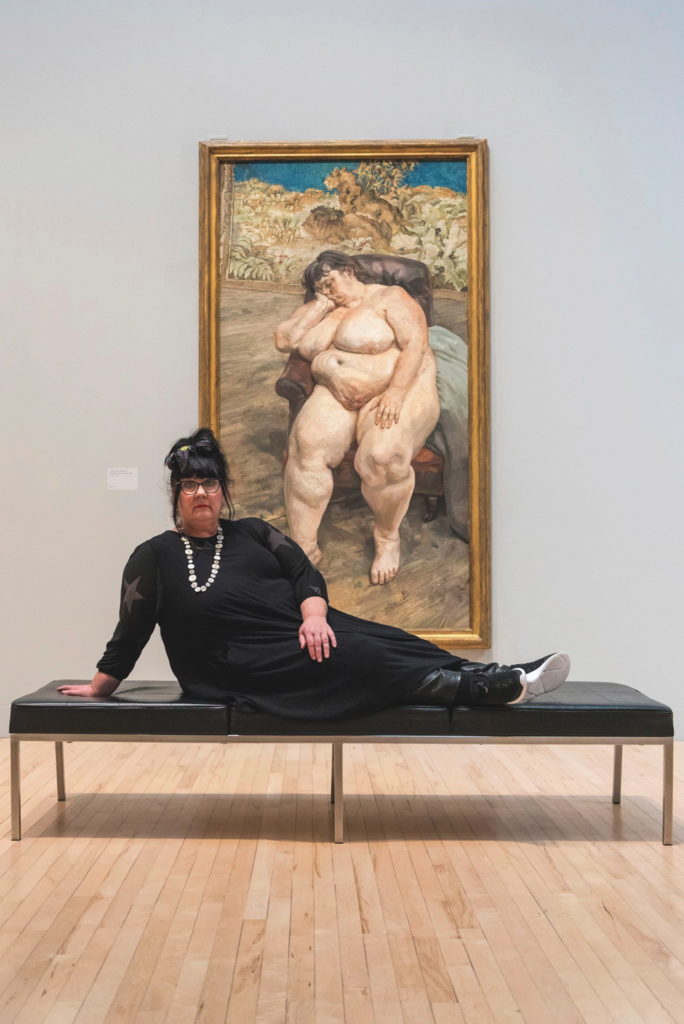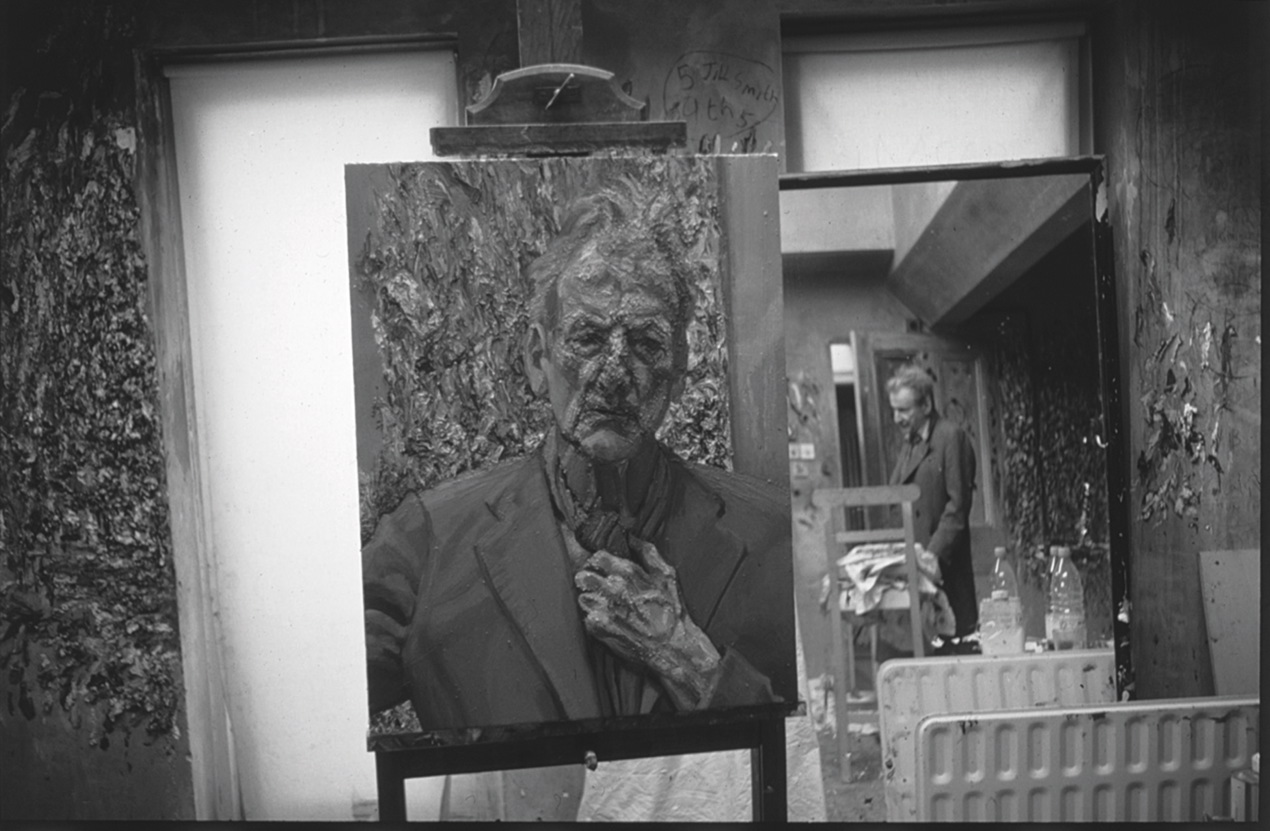In the frame: Lucian Freud
Steve Lee speaks to the author of a new biography of the artist
During his lifetime Lucian Freud was a notoriously private man. While his love of gambling, women, oysters, champagne and, naturally, that extraordinary dedication to painting were always in the public domain, his resistance to biographers was well known.
With one exception. A friend of Freud’s since the late 1960s, William Feaver has recently published the second and final volume of an exhaustive retrospective examining one of Britain’s greatest ever portrait artists. Subtitled Fame, and covering the years between 1968 and Freud’s 2011 death, the book provides an insight into the astonishing dynamism the artist applied to each aspect of his life. Yet there were times when the project almost never was.
“I started recording our conversations in the late 1990s when I was writing a book about Lucian and he was very keen,” says Feaver. “But after about 18 months I showed him a chapter and he absolutely freaked – thought it showed him as talking too much about himself. He did have a tiny streak of modesty. We then ended up discussing things over days and days on the phone and he agreed we could carry on and it would be published after he died.”
For “years on end” Freud would then call Feaver each day, usually during his mid-afternoon rest period from painting, and talk in incredible detail about his work, his life and his motivation. “It was an extraordinary relationship, not so much close as sustained,” says Feaver. “Put it this way – I was never bored by him.”
Many of Berlin-born Freud’s most famous, and infamous, works were produced in the time examined in Fame. His paintings of luminaries such as Kate Moss and Leigh Bowery, alongside a huge number of self-portraits and controversial pictures of Sue Tilley, are discussed, as are the levels of dedication required to sit for him. Ria Kirby, an art handler he met by chance, sat for well in excess of 2,000 hours for Ria Naked Portrait 2007.

“It obviously got very complicated between Lucian and his sitter as they needed to be sympathetic to each other, to be on a similar wavelength,” Feaver says. “He liked to amuse and be amused but he didn’t want them to talk on and on endlessly so, yes, he had to get on with his sitters and I don’t mean that in a sexual way. At least not always.”
The thing that really stands out about Freud though is the absolute fixation he had for painting, right until his death aged 88. Despite the wealth and the distractions, his life became increasingly centred on his studio.
“If you asked me if Lucian was selfish, that has to be a yes,” says Feaver. “But if you’re obsessive about things and insist on living life on your own terms, that always has to be the way, just as it is for great footballers, chefs, sculptors. These people have to exclude anything or anyone that gets in the way. We all really do owe Lucian as he gave us much more than he demanded.
“Lucian was always focused and, although he spent time going off gambling and dealing with the side-effects of having affairs with people, none of that was anything compared to the energy and passion he always put into painting.”
The Lives of Lucian Freud: Fame 1968-2011 by William Feaver (Bloomsbury £35)

Leave a reply
Your email address will not be published.